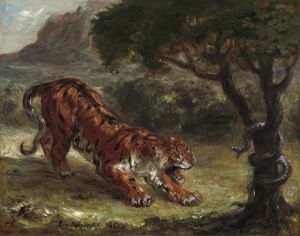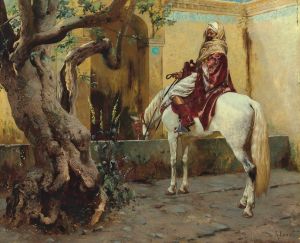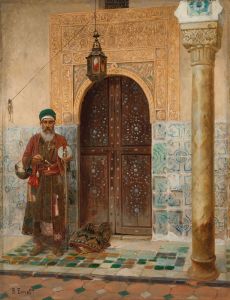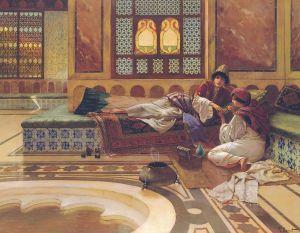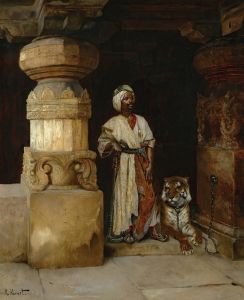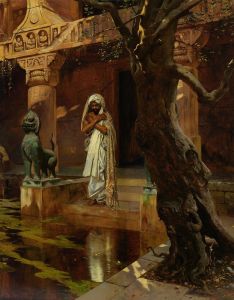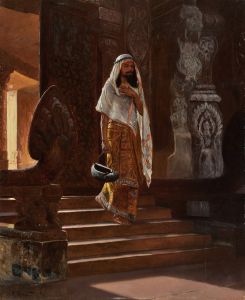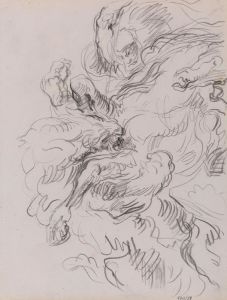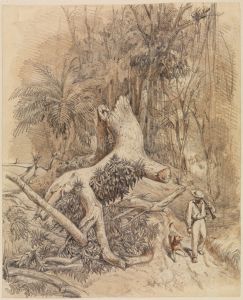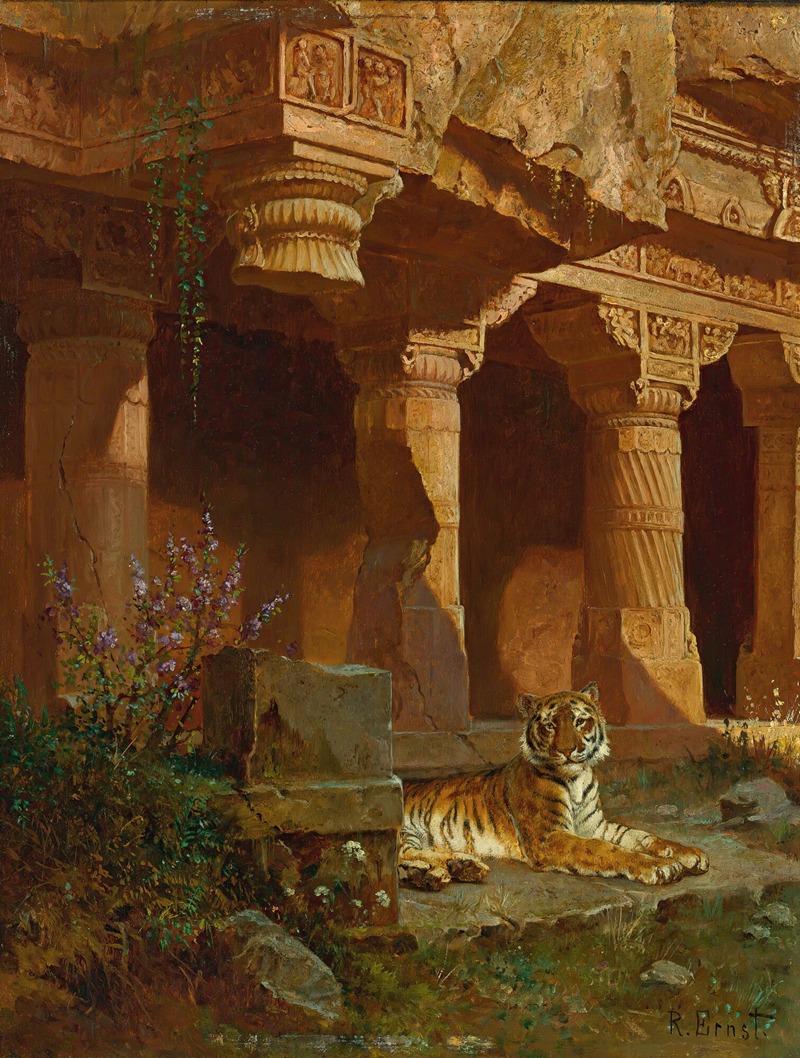
Tiger At Rest
A hand-painted replica of Rudolf Ernst’s masterpiece Tiger At Rest, meticulously crafted by professional artists to capture the true essence of the original. Each piece is created with museum-quality canvas and rare mineral pigments, carefully painted by experienced artists with delicate brushstrokes and rich, layered colors to perfectly recreate the texture of the original artwork. Unlike machine-printed reproductions, this hand-painted version brings the painting to life, infused with the artist’s emotions and skill in every stroke. Whether for personal collection or home decoration, it instantly elevates the artistic atmosphere of any space.
Rudolf Ernst, an Austrian painter born in 1854, is renowned for his Orientalist works that depict scenes inspired by the cultures, architecture, and daily life of the Middle East and North Africa. Among his notable works is the painting Tiger At Rest. This artwork exemplifies Ernst's meticulous attention to detail and his fascination with exotic subjects, which were highly popular among European audiences during the 19th and early 20th centuries.
Tiger At Rest portrays a tiger reclining in a serene and opulent setting. The painting demonstrates Ernst's skill in rendering textures, from the tiger's fur to the intricate patterns of the surrounding environment. The composition reflects the artist's ability to combine realism with an idealized vision of the exotic, a hallmark of Orientalist art. Ernst's use of vibrant colors and his focus on decorative elements suggest his interest in creating visually striking works that appealed to the tastes of his patrons.
Rudolf Ernst's career was shaped by his academic training and his exposure to the Orientalist movement, which was influenced by European colonial expansion and growing interest in the "Orient." He studied at the Academy of Fine Arts in Vienna and later moved to Paris, where he became part of the thriving art scene. Ernst's travels to regions such as Turkey and North Africa provided him with firsthand inspiration for his paintings, though much of his work also relied on imagination and studio props.
While Tiger At Rest is a celebrated example of Ernst's oeuvre, specific details about the painting's creation, such as its exact date or original commission, are not widely documented. The work is often appreciated for its aesthetic qualities rather than its historical or narrative context. Like many Orientalist artists, Ernst's depictions are now viewed through a critical lens, as they reflect the European perspective and romanticized interpretations of non-European cultures.
Today, Tiger At Rest is recognized as a testament to Rudolf Ernst's technical mastery and his role in the Orientalist art movement. The painting continues to be admired in private collections and exhibitions, contributing to the ongoing appreciation and study of 19th-century Orientalist art.






